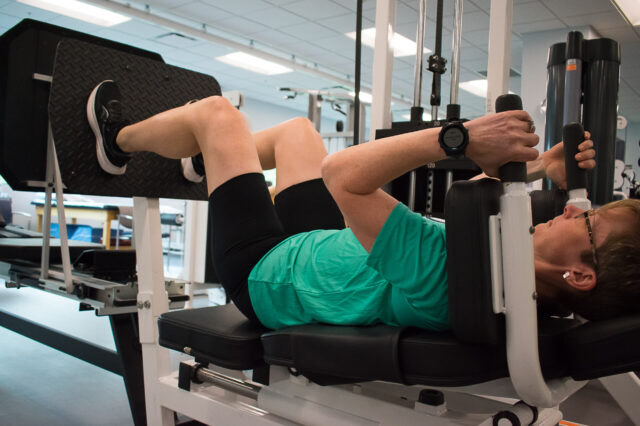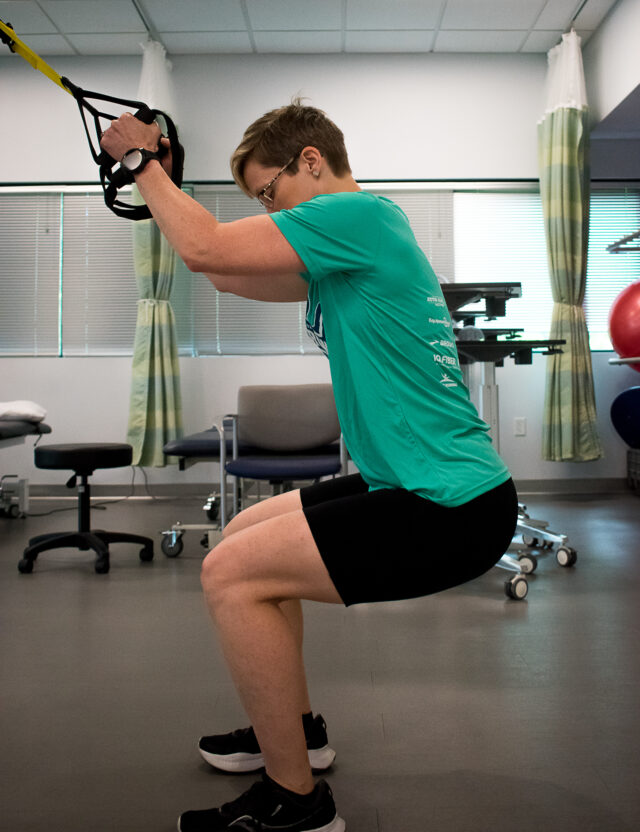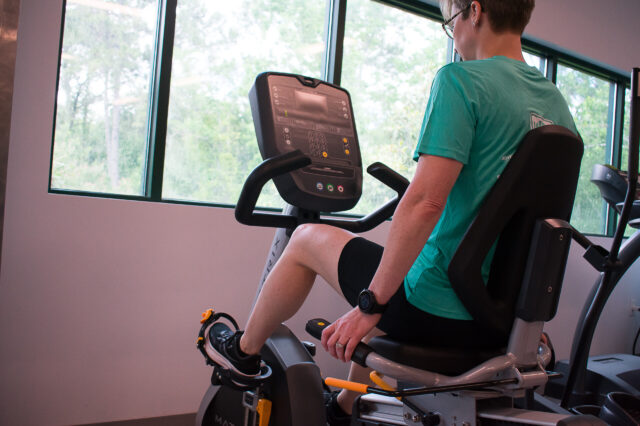Exercise and its Benefits
Exercise is beneficial for your brain, bones and heart, as well as for your mental health

Exercise is a segment of physical activity that is planned, structured and repetitive. Aerobic training and resistance training are two categories of exercise beneficial for the cardiopulmonary system, musculoskeletal ailments, neurodegenerative diseases and mental health.
Sometimes you may find it difficult to begin an exercise program. A physical therapist can help establish and plan a program just right for you.
Physical therapists are movement specialists and doctoral-level certified professionals that help individuals develop exercise plans that best fit their needs. They take into consideration every ailment and disease one may face and formulate the most suitable workout plan.
Aerobic training
Aerobic training is physical activity that uses the large muscle groups of your body to perform activity. This type of training exercises your heart and lungs to make them stronger and work more efficiently.
This allows you to better participate in your favorite hobbies, manage and decrease stress and anxiety. Aerobic training may also slow the degeneration of neurons brought on from neurodegenerative diseases, such as Parkinson’s disease, multiple sclerosis or Guillain-Barre’ syndrome.
Some of the most common aerobic exercises are walking, biking, running and dancing. Sometimes, getting up and walking around the home for five minutes is a great starting point for those who are used to being sedentary.
According to The American College of Sports Medicine and the Centers for Disease Control and Prevention, you should aim for 150 minutes of moderate intensity aerobic activity every week.1 One way to know if you are hitting this intensity level is if you are able to talk comfortably when performing the specific activity.
Resistance training
Resistance training improves the strength and endurance of the muscles in our body. It helps our bones, muscles, tendons and ligaments become stronger to perform everyday tasks.
Resistance training exercises include body weight activities (squats, pushups, calf raises and pullups), free weight activities (dumbbell curls and goblet squats), or weight machines (leg press, leg extension and overhead shoulder press).
If you are new to resistance training, you should start with body weight exercises. Three to four exercises that target different areas of the body is sufficient to “feel the burn,” the sensation that occurs in a muscle when it’s being intensely exercised.
The ACSM and the CDC recommend performing this specific training at least twice a week, targeting all of the major muscle groups.1 Allow yourself 48 hours of rest between days of training the same muscle groups. For example, if you worked out your glutes and quads on Monday, wait until Thursday before you exercise these areas again.
Exercise may help with anxiety, depression and stress
Exercise may help lessen the symptoms of anxiety, depression and stress. A simple walk around the block, gardening or yoga, may be beneficial to your mental health. Try to be consistent in your daily exercise routine.
Make an appointment with a UF Health Jacksonville physical therapist who can develop an exercise plan best tailored for you. For more information about rehabilitation services at UF Health Jacksonville visit UFHealthJax.org/rehab.
1. Physical activity guidelines resources [Internet]. American College of Sports Medicine; 2024 [cited 2024 Mar 31]. Available from: https://www.acsm.org/education-resources/trending-topics-resources/physical-activity-guidelines

